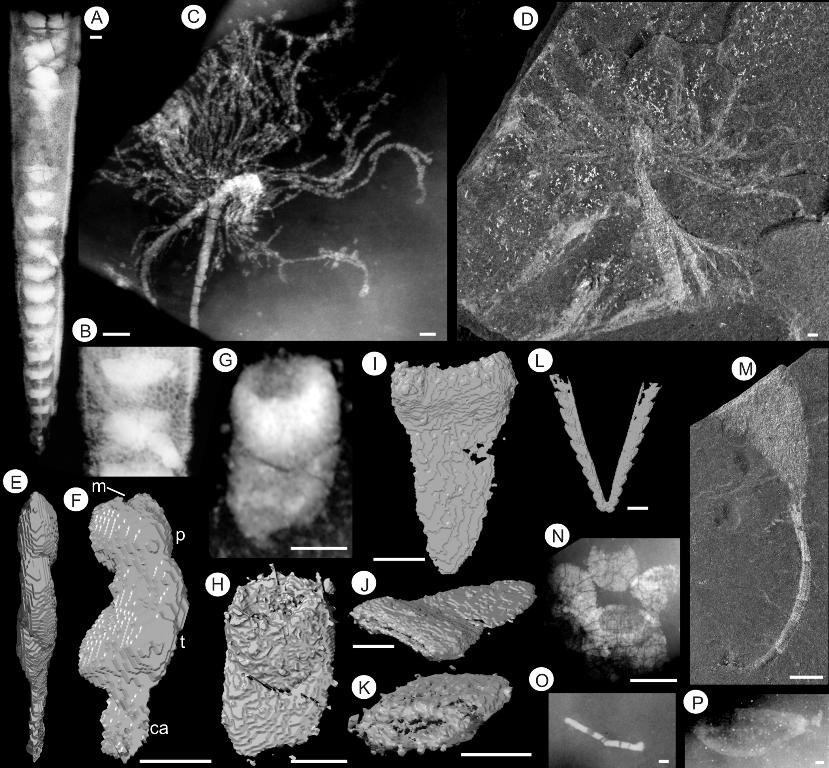Exceptionally-preserved fossil deposits are unevenly distributed through the fossil record. There are many examples known from the Cambrian Period, but few from the succeeding Ordovician, which was a time of spectacular changes in marine ecosystems, including the evolution of new groups of animals and the appearance of new ecologies, such as the first coral reefs. Our current understanding of the Great Ordovician Bodiversification Event (GOBE) is based almost entirely on fossils of animals with preservable skeletons, such as corals and brachiopods, so that any new fauna that preserves soft tissue offers an important new perspective on Ordovician evolution.
Joseph P. Botting, Young International Scientist from Nanjing Institute of Geology and Palaeontology Chinese Academy of Sciences (NIGPAS), and Lucy A. Muir, postdoctor from NIGPAS, with colleagues from London and Cambridge (UK), have recently announced in the journal Geology a new exceptionally preserved fauna from Ordovician rocks in Wales, UK. The fossils are preserved by iron pyrite (“fools’ gold”), and were formed when the dead animals were decayed by sulphate-reducing bacteria. As a result, the fossils are spectacular to look at, and can also be studied by X-radiography and micro-CT while still buried in the rock.
The fauna recovered so far is dominated by sponges and solitary hydrozoans, the latter with preserved tentacles. There are also a range of rarer fossils, including arthropods, priapulid worms, and various animals that only lived attached to the surface of nautiloid shells. The community is unique among Ordovician ecosystems, but resembles some deep-sea communities living today. These initial findings suggest that the GOBE was surprisingly advanced in muddy offshore environments by the earliest Late Ordovician, and that this type of ecology has a long unknown history.
Paper reference: Joseph P. Botting, Lucy A. Muir, Mark D. Sutton, and Talfan Barnie. 2011. Welsh gold: A new exceptionally preserved pyritized Ordovician biota. Geology 39(9) :879–882

Fossils from Llanfawr Mudstones Lagerstatte
Download:
